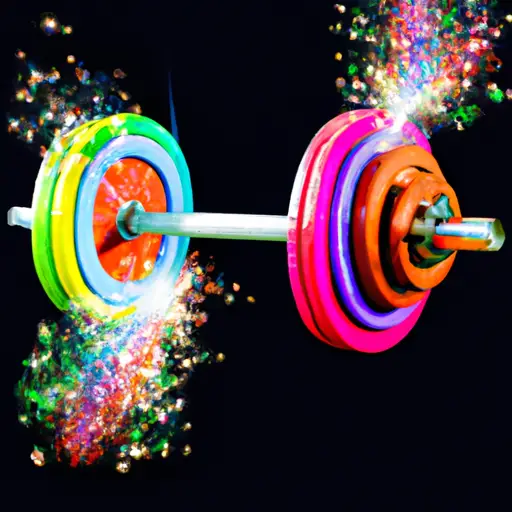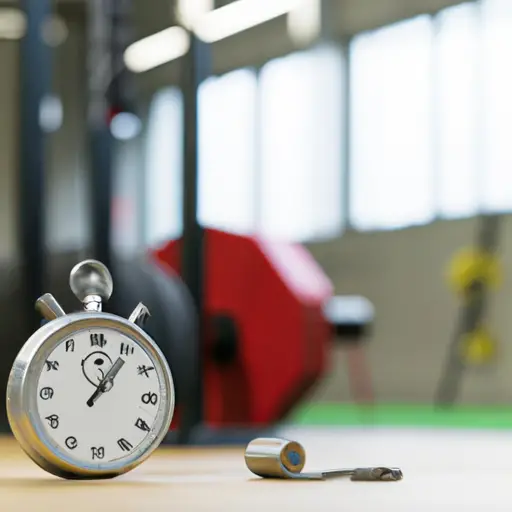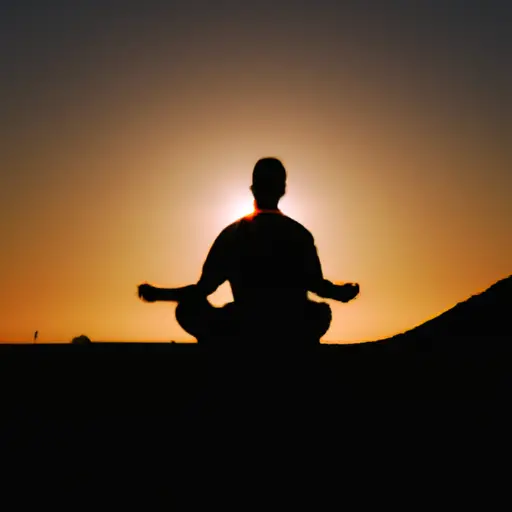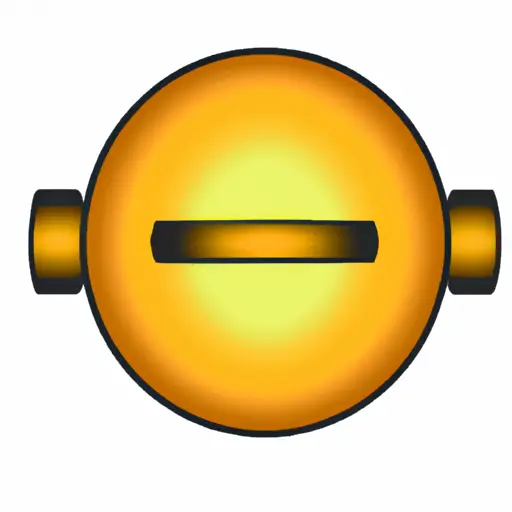Powerlifting Best Resistance Training Exercises
Welcome to the World of Powerlifting
Yo, what’s up powerlifting peeps! Are you ready to dive into the world of muscle and strength? Powerlifting is a form of resistance training that focuses on the three main lifts: squat, bench press, and deadlift. It’s not just about bulking up, but also increasing functional strength and power. If you’re a beginner and want to get started, check out this beginner’s guide for awesome tips on where to begin.
Resistance training is a type of exercise that involves using an external force to work out your muscles. This can include weights, elastic bands, or just your own bodyweight. It’s an effective way to build strength, increase muscle mass, and boost performance in various sports and daily life.
Benefits of Resistance Training
Okay, listen up y’all. I gotta tell you, resistance training is the bomb. Seriously, it’s not just for building muscle and looking good (although that’s a nice perk), it’s also got some major health benefits.
First of all, it helps build bone density. As we get older, our bones start to lose density, which can lead to osteoporosis and other bone-related issues. Resistance training can help slow down or even reverse that process, keeping your bones strong and healthy.
Another benefit is a boost in metabolism. Building muscle through resistance training can increase your resting metabolic rate, which means you’ll burn more calories throughout the day even when you’re just chillin’ on the couch.

Oh, and let’s not forget about the mental benefits. Resistance training can help reduce stress and anxiety, and improve mood and self-esteem. It’s like therapy, but with weights.
Lastly, resistance training can help improve overall physical performance, whether you’re an athlete or just trying to keep up with your kids. Building strength and endurance through resistance training can make everyday tasks easier and help prevent injury.
So, there you have it folks. Resistance training is the real deal. Don’t just take my word for it though, give it a try and see for yourself!
Let’s Talk Types of Resistance Exercises
So, when it comes to resistance training, there are a few different exercises you can do. Some of the most common types of resistance exercises include compound exercises, isolation exercises, and bodyweight exercises.Compound exercises involve using multiple joints and muscle groups at once, making them great for building overall strength and mass. Examples of compound exercises include squats, deadlifts, and bench press. Isolation exercises, on the other hand, involve using one joint and muscle group at a time, making them ideal for targeting specific areas. Examples of isolation exercises include bicep curls and tricep extensions.Lastly, bodyweight exercises involve using your own body weight as resistance and are great for building functional strength. Examples of bodyweight exercises include push-ups and squats.As a powerlifter, it’s important to incorporate a combination of all three types of resistance exercises into your training program to ensure you’re building muscle and strength in a well-rounded way. This will not only help you lift heavier weights but also aid in injury prevention.
Best Resistance Training Exercises for Powerlifters
Alright, powerlifters, it’s time to talk about the best resistance training exercises for us. While there are countless exercises out there, not all of them are created equal when it comes to building strength and improving our powerlifting performance. So, let’s dive into some of the top picks:
Squats
First up, we have squats. This exercise is a staple for any powerlifting routine and for good reason. Squats work our quads, hamstrings, glutes, and core, which are all crucial for our lifts. Plus, squatting heavy weight translates directly to our squat performance in competition.
Deadlifts
Deadlifts are another essential exercise for powerlifters. They work our hamstrings, glutes, lower back, and grip strength, all of which are vital for pulling heavy weight off the ground during a competition. Plus, mastering the deadlift can lead to overall improved posterior chain strength.
Bench Presses
Bench presses are the go-to exercise for building upper body strength in powerlifting. Our chest, shoulders, and triceps get worked hard during this exercise, which directly translates to our bench press performance in competition. Plus, there are plenty of variations to target different muscles and avoid plateauing.
Barbell Rows
Barbell rows may not be as well-known as squats or deadlifts, but they are still incredibly valuable for powerlifters. Rows work our upper back, lats, and rear deltoids, which contribute to our overall upper body strength and stability. Plus, building a strong back can help avoid injury.
Overhead Presses
Last but not least, we have overhead presses. This exercise is great for building shoulder and tricep strength, which can help with our bench press performance. Overhead presses also challenge our core stability and balance, which can translate to more stability during our lifts in competition.
Remember, there are plenty of other exercises that can be beneficial for powerlifters as well, but these five are certainly at the top of the list. Make sure to focus on proper form and gradually increase weight to see the best results.
Hang on Tight! Safety Tips for Powerlifters
Yo! As a powerlifter, you gotta know that safety is paramount, or you’ll end up getting hurt. Here are some expert tips that’ll keep you lifting without getting injured.
First, don’t forget to warm-up properly, dude. A good warm-up gets your joints lubricated and muscles ready for the heavy lifting. Start with some light-weight exercises like jumping jacks or bodyweight squats, then move on to warm-up sets of your main lifts.
Second, grip the bar like a boss! Use chalk or grip-enhancers, and check the tightness of your straps or wrist wraps before you start lifting the heavy weight. Make sure your grip is positioned correctly to prevent any finger injuries.
Third, stay focused on the right technique, yo. Lift with a neutral spine and avoid lifting with an arched back or rounded shoulders. Keep your core muscles tight, and drive with your legs. Don’t forget to breathe properly throughout the lift and take your time during the eccentric part of the lift.
Next, listen to your body, bro. If you feel any pain other than muscle soreness, stop lifting immediately and take some rest. Don’t be a hero and push through pain, that’s a one-way ticket to injury city. If the pain persists, seek medical advice and don’t lift until you’ve healed.
Finally, use a spotter when you’re lifting with heavy weights, homie. A spotter can help you unrack and rack the weight, assist you through sticking points, and prevent you from being crushed if you fail to complete the lift. Don’t be shy, ask a fellow lifter or gym staff to spot you when needed.
Keep these tips in mind while you’re powerlifting, and you’ll be well on your way to be the strongest, safest dude in the gym. Stay safe, lift heavy, and have fun, bro!
Conclusion: Lifting for Strength and Safety
Well, it looks like we’re at the end of this powerlifting blog, my friends! I hope you’ve taken away some valuable tips and insights for resistance training.
Remember, powerlifting is incredibly beneficial for building strength, muscle mass, and bone density. But it’s also important to prioritize safety. Make sure you’re using proper form and technique for each exercise, and listen to your body during your workouts.
If you’re just starting out, try incorporating some of the best resistance training exercises for powerlifters that we covered, like squats, deadlifts, bench presses, barbell rows, and overhead presses.
And for all you lifting veterans out there, keep pushing your limits (safely, of course!) and challenging yourself with new exercises and heavier weights.
Thanks for reading, and go hit that gym!






